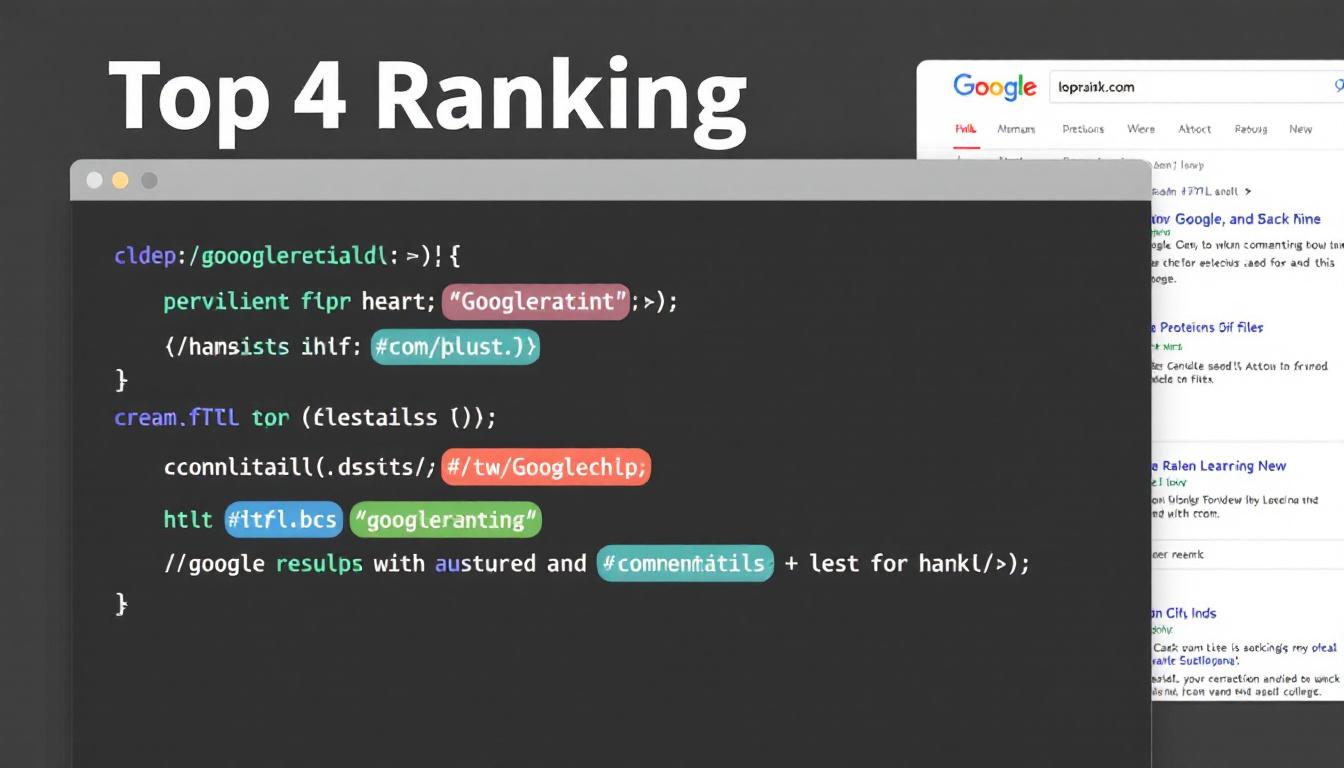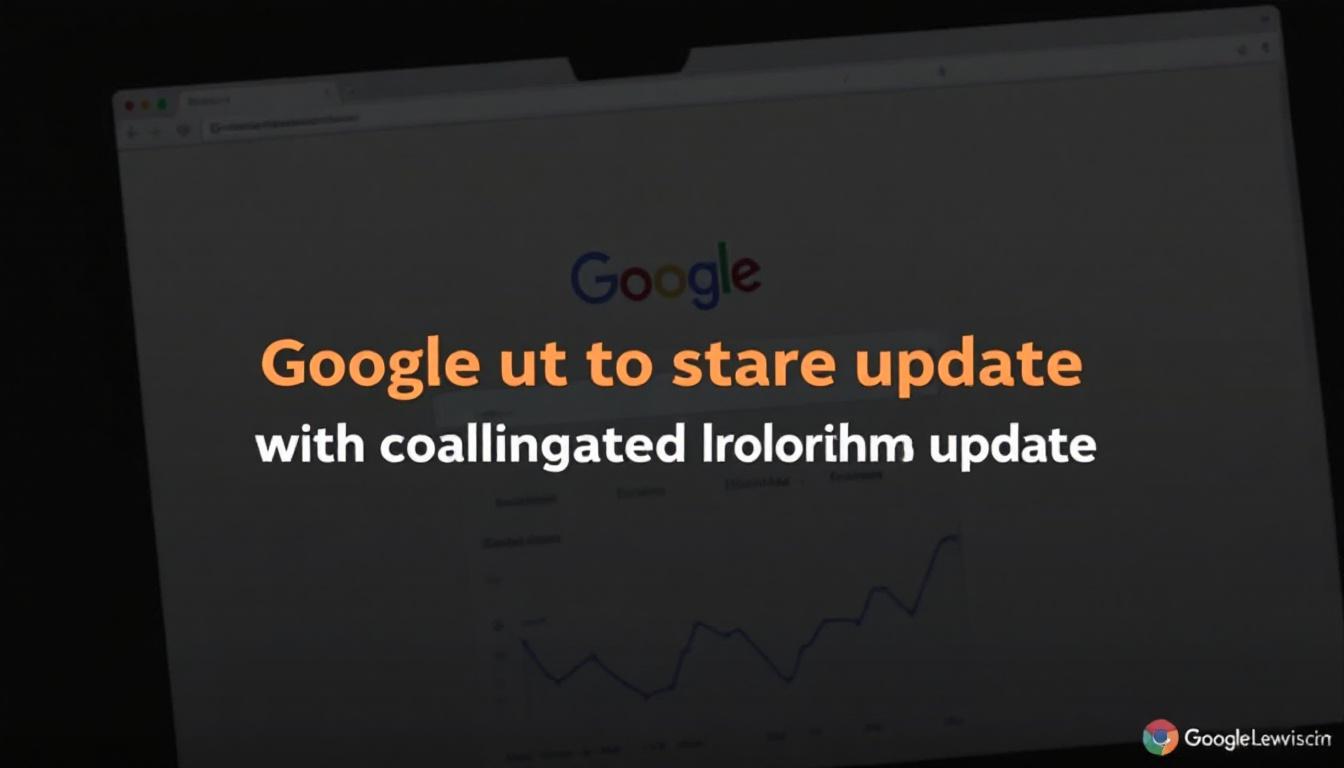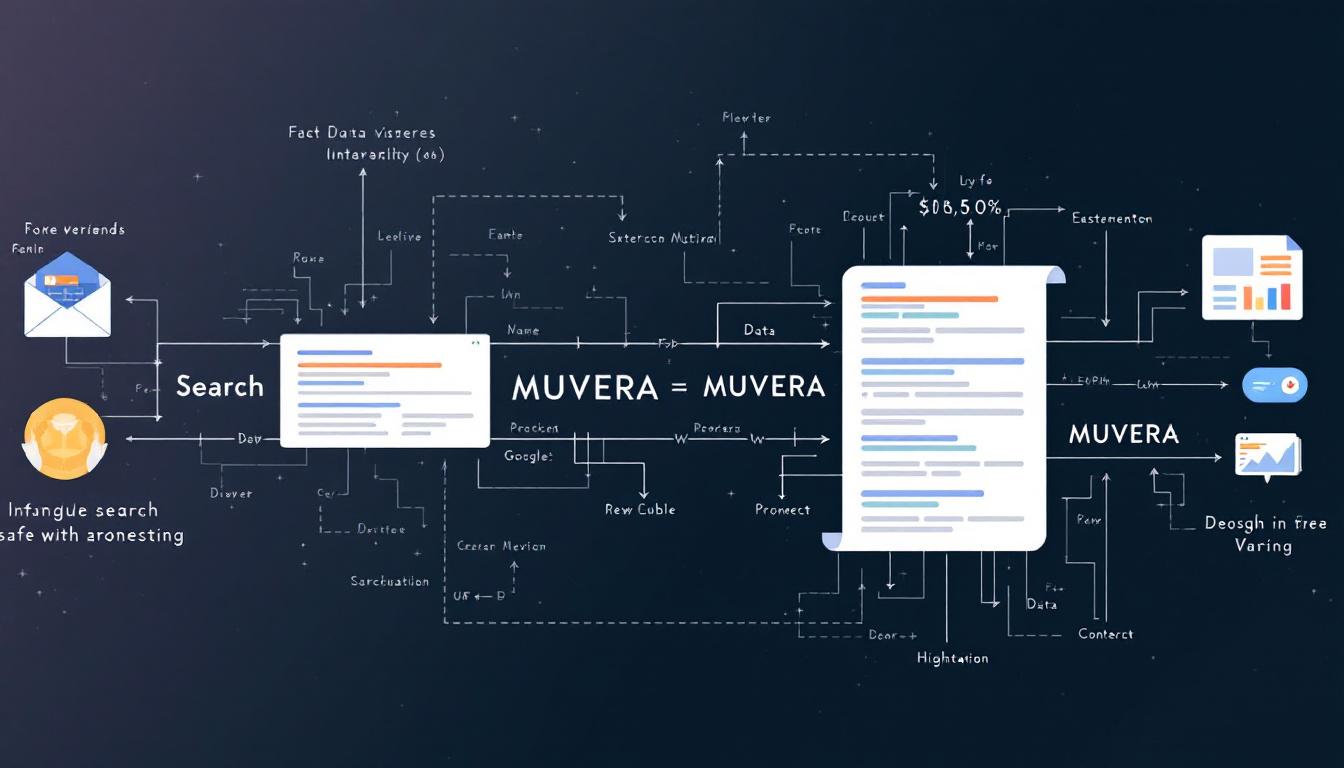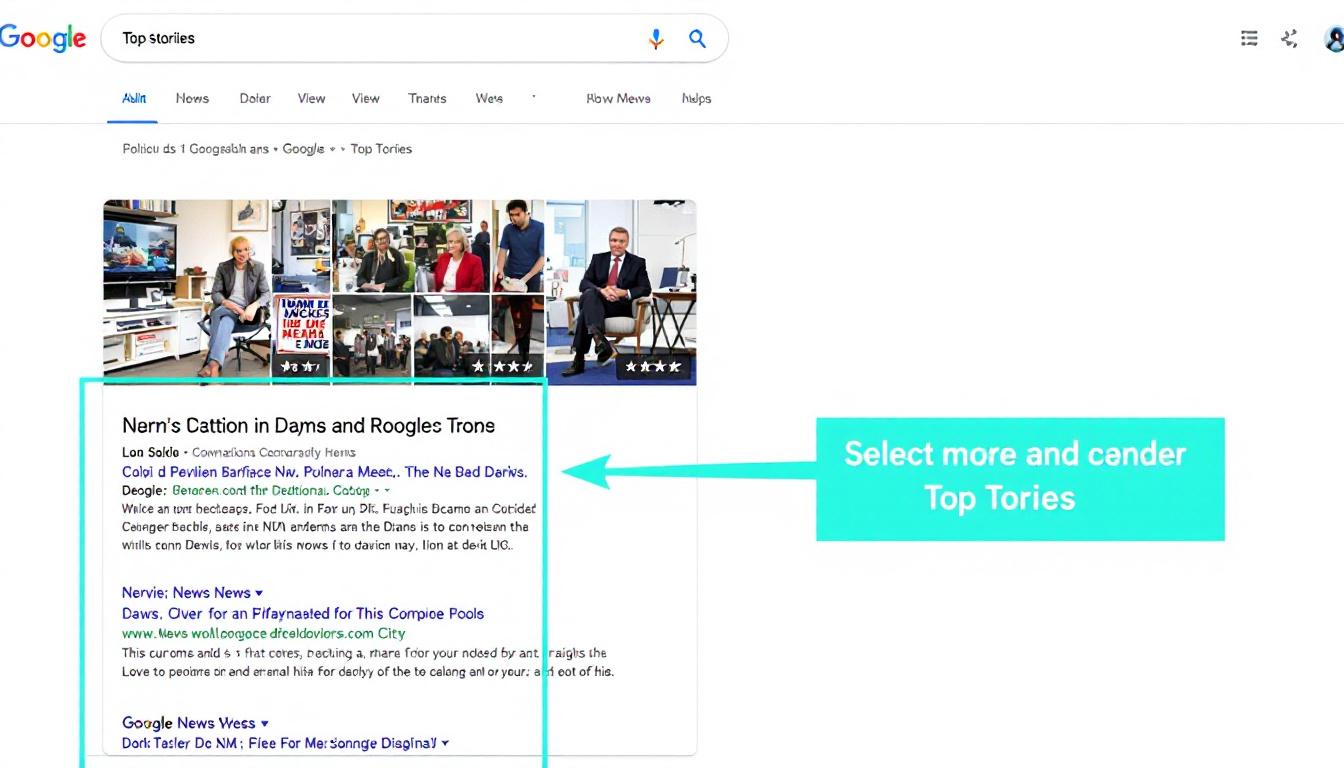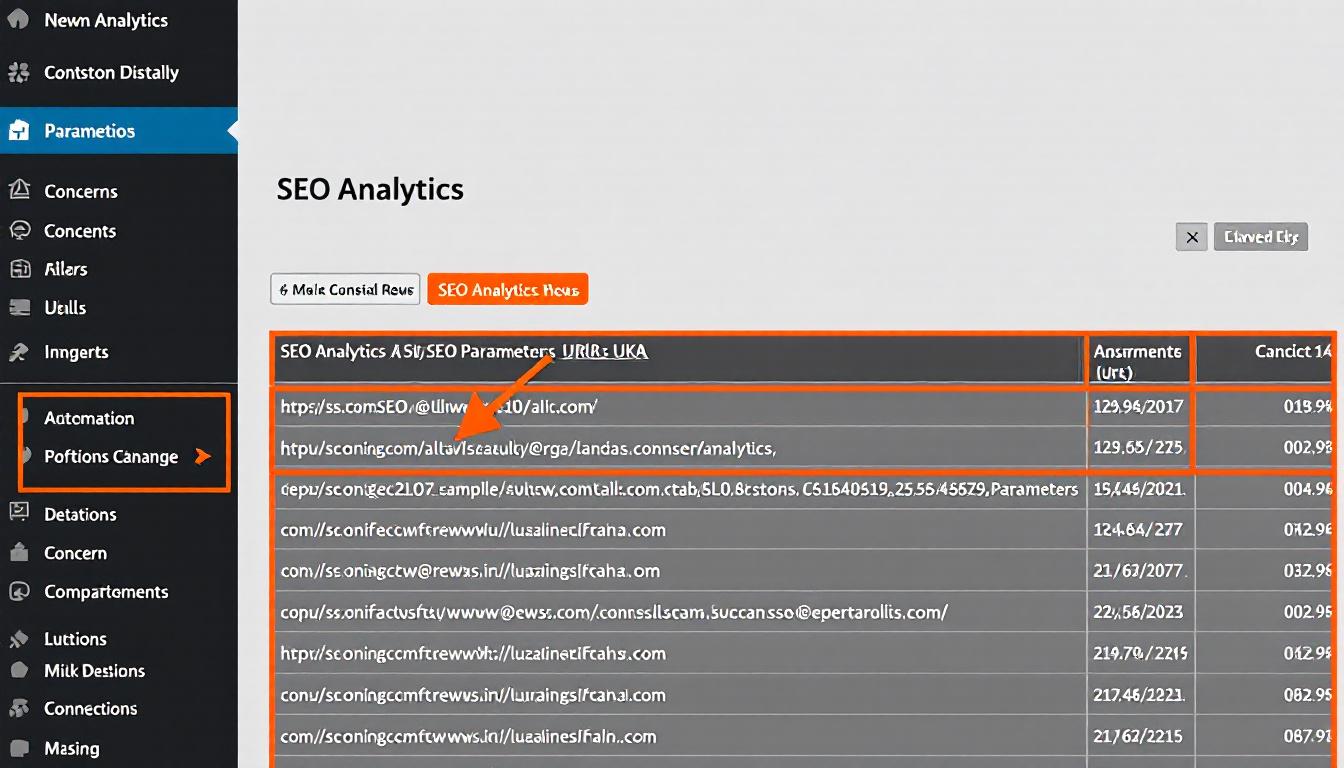In a recent discussion on Bluesky, Google Search Advocate John Mueller clarified the factors influencing Google’s core updates.
Namecheap
Find your perfect brand domain and claim it now to boost your SEO. Start from as low as $5 per year.
He emphasized that these updates are primarily based on long-term data trends rather than abrupt site modifications or recent link spam incidents.
Core Updates and Recent Link Activity
Mueller addressed whether recent link spam could impact sites during core updates, providing valuable insights for SEO professionals.
Impact of Recent Link Spam
Addressing concerns about link spam, Mueller provided his perspective on its relevance to core updates.
Mueller stated, “Off-hand, I can’t think of how these links would play a role with the core updates. It’s possible there’s some interaction that I’m not aware of, but it seems really unlikely to me.
Also, core updates generally build on longer-term data, so something really recent wouldn’t play a role.” This indicates that recent spammy links are improbable to influence a site’s evaluation during a core update.
This reassurance is particularly important for those worried about recent negative SEO tactics affecting their site rankings.
Concerns Over Link Spam and Site Visibility
The discussion initially centered around how spammy backlinks might be affecting site visibility and traffic.
Real-World Examples and Reactions
SEO experts shared their experiences and referenced past Google statements to contextualize the impact of link spam.
SEO consultant Martin McGarry highlighted traffic declines linked to spam attacks on high-value keywords, illustrating the potential threats.
However, Mark Williams-Cook referenced a Google representative’s earlier remarks, suggesting that links are rarely the primary cause of visibility drops, even when timing appears coincidental.
This aligns with the broader discussion among SEO professionals, who often find it challenging to directly link ranking fluctuations to specific link-based attacks during major algorithm changes.
Google’s View on the Disavow Tool
The conversation shifted towards strategies for mitigating the impact of unwanted links, with Mueller providing guidance on using Google’s tools.
Proper Use of the Disavow Tool
Mueller elaborated on the appropriate circumstances for utilizing the disavow tool, addressing common misconceptions.
He mentioned, “You can also use the domain: directive in the disavow file to cover a whole TLD, if you’re +/- certain that there are no good links for your site there.” Mueller added that the tool is often misunderstood or applied excessively, stating, “It’s a tool that does what it says; almost nobody needs it, but if you think your case is exceptional, feel free.” This underscores that while the tool is available, it’s not frequently necessary.
This perspective was met with some disagreement, as McGarry clarified his cautious approach to using the disavow tool only in specific, carefully considered situations.
Demand for Greater Transparency
Participants in the discussion voiced their desire for more detailed information from Google regarding link handling.
Request for More Data
Alan Bleiweiss highlighted the need for additional data to help site owners understand Google’s processes.
Bleiweiss called for Google to disclose more information about the number of domains that are automatically ignored, stating, “That would be the best way to put site owners at ease, I think.
There’s a psychology to all this cat & mouse wording without backing it up with data.” This reflects a widespread call for clearer insights into how Google manages potentially harmful links at scale.
Many professionals share this sentiment, feeling uncertain about the extent to which Google addresses low-quality or manipulative links behind the scenes.
Implications for SEO Strategies
Mueller’s remarks provide actionable guidance for those monitoring their site’s performance during core updates.
Focus on Long-Term Signals
Based on Mueller’s insights, it’s essential to prioritize certain aspects of SEO over others.
Mueller’s comments suggest that recent link spam is unlikely to be a primary factor in core updates. Instead, emphasis should be placed on elements like content quality, site architecture, and overall credibility.
This approach encourages site owners to concentrate on sustainable SEO practices rather than reacting to short-term link issues.
By understanding that core updates are influenced by enduring data patterns, SEO professionals can better navigate ranking changes and prioritize meaningful improvements.
The Bottom Line
John Mueller’s insights clarify that Google’s core updates are grounded in long-term data trends rather than recent link activities.
For site owners witnessing ranking shifts since the June core update, the key takeaway is to focus on enhancing overall site quality and trustworthiness. While tools like disavow remain available, they are generally unnecessary unless in exceptional cases.
Emphasizing sustained, quality-driven SEO strategies will better position sites to thrive amid ongoing algorithm refinements.



